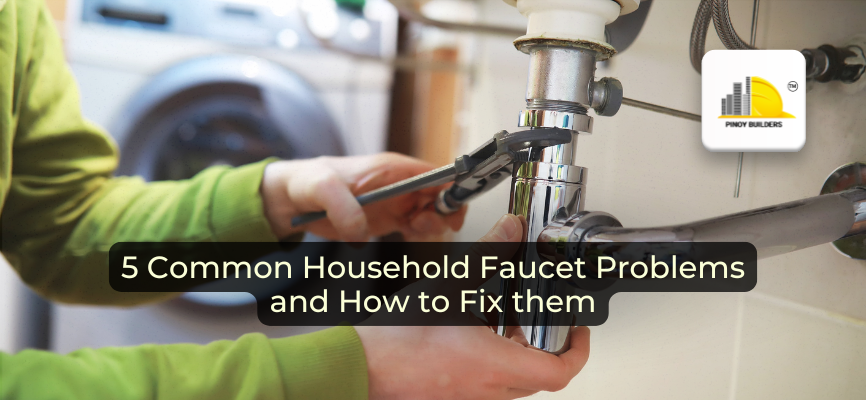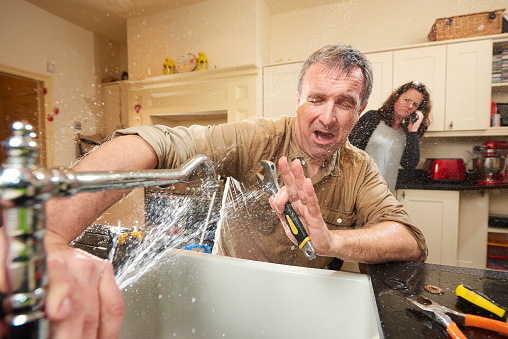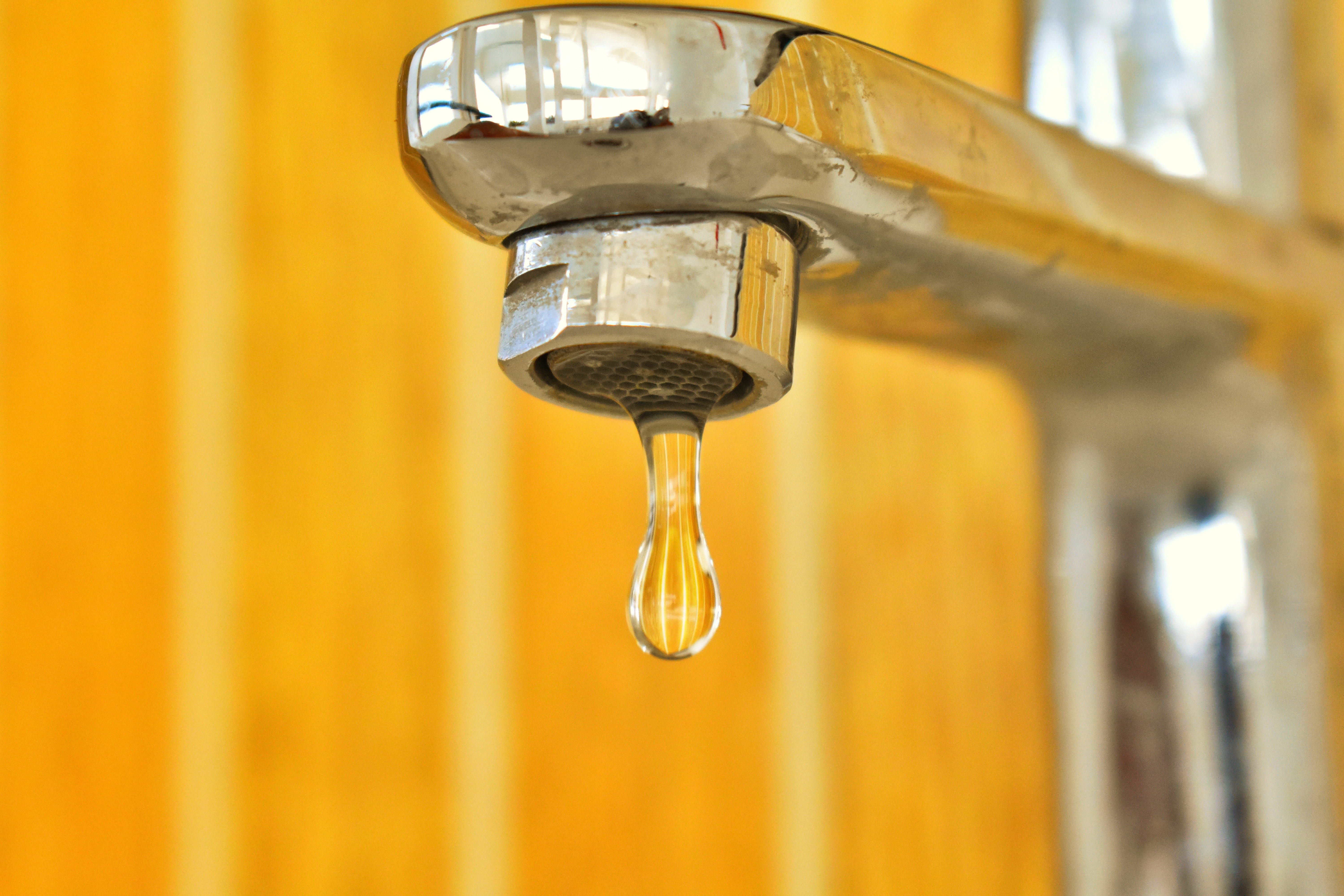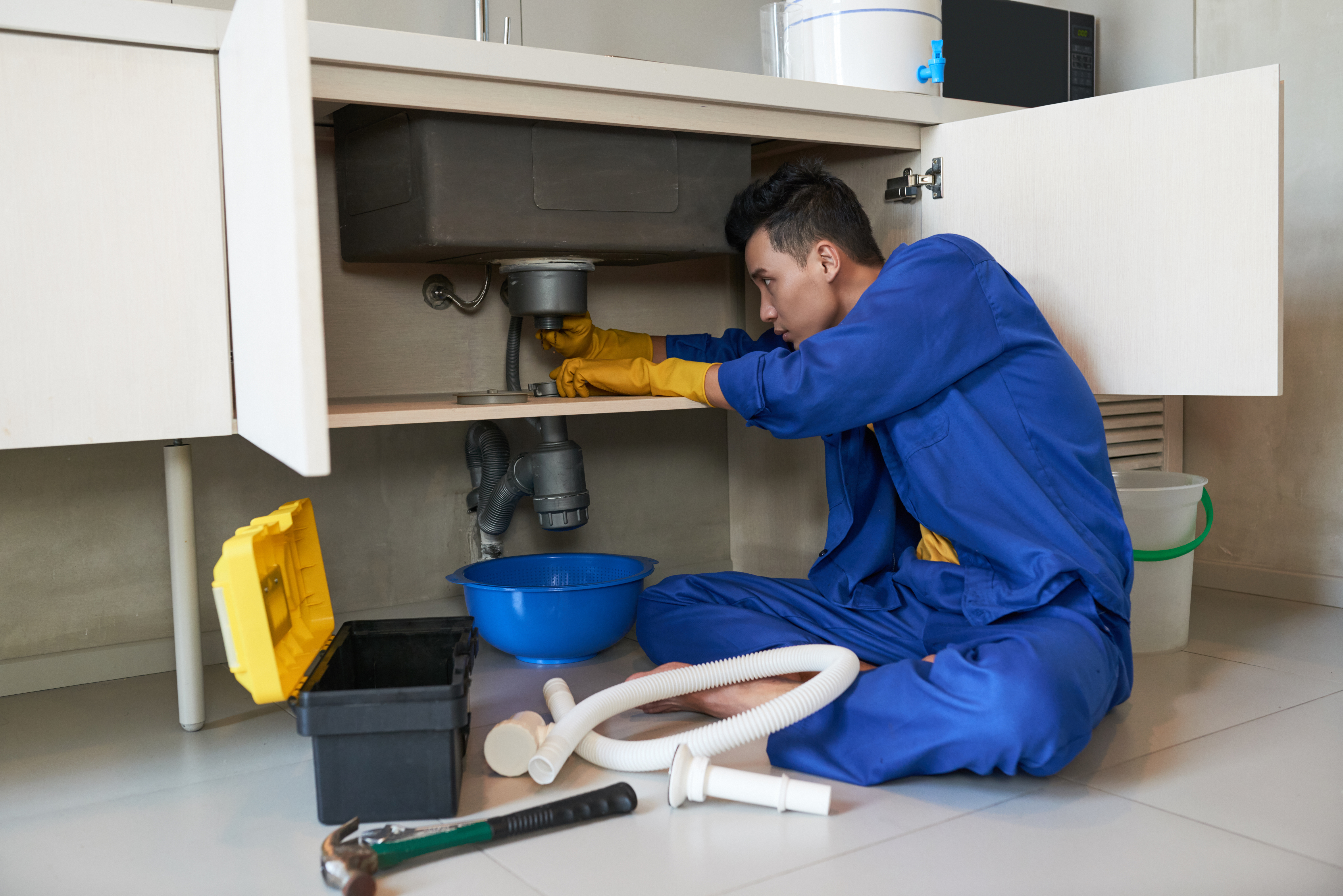In every household, faucets seem to be an uncommon concern until they malfunction. They malfunction at the very least that you’re expecting it. Sometimes during the most important occasion or if you’re planning for a movie night at home. Bet you can definitely relate.
The faucet functions as a control on the flow of water coming from a source, dispensing to homes efficiently. Since it’s impossible for us to go about a day without touching a faucet, they can experience a lot of wear and tear.
What are the common faucet problems?
For you to be ready in case your faucet malfunctions at the most inconvenient time, here’s some information on the most common faucet problems that we encounter and ways to solve them, or even prevent them.
1. Rust, rust, and more rust!
Rust is a standard faucet problem because of continuous usage. Unless the faucet is rustproof, nothing can’t stop it from forming on your faucet. When you notice rust forming from your faucet’s exterior, it has likely formed on the inside as well.
If you encounter rusting, the best thing to do is to clean your bathroom or kitchen faucets with gentle cleaning products. Make it past your bathroom or kitchen cleaning routine.
Photo Courtesy: Freepik
You can use vinegar and lemon juice as the safest natural cleaning solution to break down the hardened calcium on your faucet.
2. Low water pressure.
This problem is common for old faucets with an aerator at the opening. The aerator on your faucet is a mesh screen and covers the water outlet. These tiny holes catch minerals and debris in your pipes. Aerators become clogged with hard water buildup, a common cause of low water pressure in kitchen fixtures.
Photo Courtesy: Pexels
To avoid clogging, you can clean your aerator for a quick and easy DIY fix.
Just remove the aerator from the faucet using pliers and a towel, then check for deposits. Try also turning on your faucet to see if your pressure is fine. If yes, then you know that your faucet’s issue is with the aerator. So better continue cleaning it. Rinse it in hot water and soak it in vinegar overnight. You may also use a small brush to clean the aerator thoroughly.
3. Leaking faucet.
Here’s the most annoying household faucet problem, the dripping or leaking bathroom or kitchen faucet, or any faucet at home. Imagine the hassle of water being pooled in your sink, overflows, and damages your furniture or any electric appliances. Plus your whopping water bill. We know the frustration.
This leakage is commonly caused by a dislodged or torn washer. These silicon-based seals can become stiff and corroded over time, and damaged washers will initially create a tiny trickle of water. Before the water pressure destroys them completely, better replace them immediately.
But if it’s too late and your faucet is now dripping, save yourself some money by fixing it yourself. The first thing to do when your faucet leaks is to not panic and immediately deactivate the main switch of your water line before you get a flooded bathroom. Disassemble the faucet handles and detach the valve system. Inspect the parts of the sink to confirm what needs to be replaced. Replaced the damaged part then put the faucet together.
If you aren’t so sure about fixing it yourself, consult plumbing experts after turning off the main water valve.
Photo Courtesy: Freepik
4. No water coming out at all.
We’re getting serious if you, unfortunately, encounter this in your faucets at home. If you turn on the faucet and see no water coming out at all, this can be a sign of a serious issue with the valves and inner chambers of the faucet itself.
If all your taps don’t work and there is no water coming into your home, troubleshoot and check to see that your main water valve or stopcock is open. If there’s still no water coming out, you must take the faucet apart and clean each chamber.
5. Noisy faucet.
No one wants an annoying noisy faucet at home. Your kitchen faucet or home faucets may create whistling, screaming, or chatter-like noises. This noise can be due to mineral deposits in the aerator, worn out or incorrectly sized washers, high water pressure, or your old pipes need to be replaced. It’s either you need to clean your aerator, replace your old washer, or install a pressure regulator. You may also be required to consult plumbing experts to investigate the root of the problem.
No more leaky faucets, or at least you’re ready!
RELATED ARTICLES:
Common Concrete Problems and How to Avoid Them
Have you encountered these 6 types of cracks in concrete slab floors?
WATCH: How to fix wall water streaks according to Slater Young
CITATIONS:
- 5 Common Faucet Problems. Conyers Plumbing. (2019, September 10). Retrieved September 23, 2021, from https://conyersplumbing.com/2019/09/10/5-common-faucet-problems/.
- 5 Reasons Your Faucet is Dripping Water & How to Fix It. WM Henderson. (2021, March 30). Retrieved September 23, 2021, from https://www.wmhendersoninc.com/blog/5-reasons-your-faucet-is-dripping-water-how-to-fix-it/#How_To_Fix_A_Leaky_Faucet.
- 5 Tips for When There’s No Water Coming Out of Your Tap. Pinnacle Plumbing Group P/L. (2020, August 16). Retrieved September 23, 2021, from https://pinnacleplumbing.com.au/5-tips-for-when-theres-no-water-coming-out-of-your-tap/.
- 7 Common Household Faucet Problems. Orange Coast Plumbing. (2017, August 18). Retrieved September 23, 2021, from https://orangecoastplumbing.net/2017/08/7-common-household-faucet-problems/.
- How to Fix Low Water Pressure in Kitchen. Estes Services. (2019, December 3). Retrieved September 23, 2021, from https://www.estesair.com/blog/low-water-pressure-in-kitchen/.
- Teall, J. (2019, April 1). How to Clean Calcium, Lime, and Rust Deposits Off of Your Faucet. You’ve Got Maids. Retrieved September 23, 2021, from https://www.youvegotmaids.com/house-cleaning/blog/clean-faucets.
- What to Do About a Noisy Faucet. Benjamin Franklin Plumbing. (n.d.). Retrieved September 23, 2021, from https://www.benjaminfranklinplumbing.com/expert-tips/general-plumbing/what-to-do-about-a-noisy-faucet/
![]()














